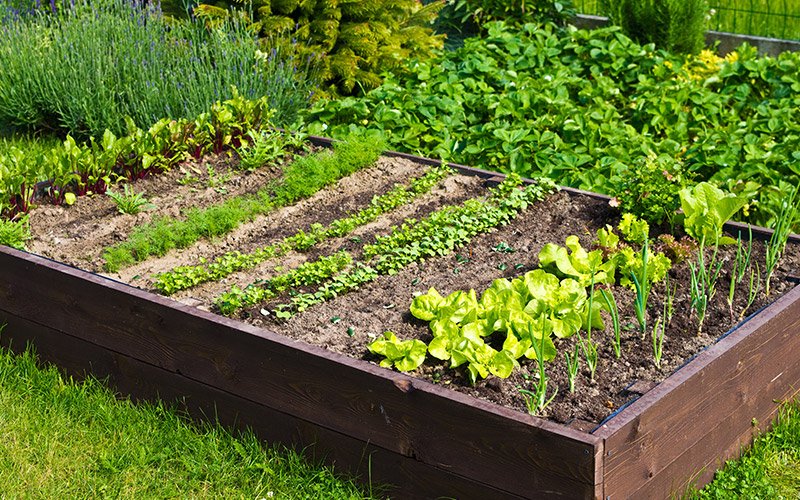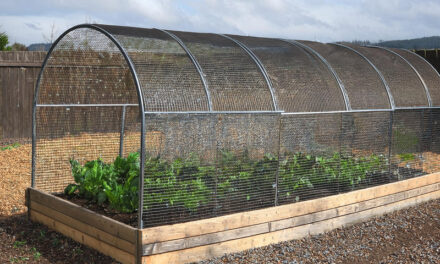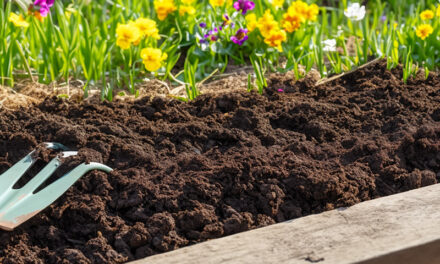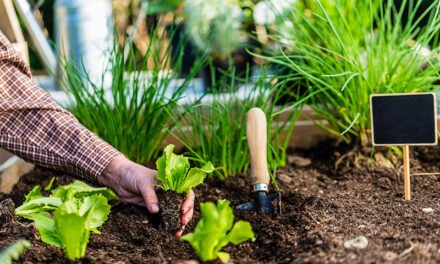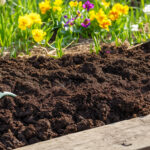Creating a well-thought-out vegetable garden plan is the key to maximizing your harvest while making efficient use of space. Whether you have a large yard or a small balcony, designing the right layout helps ensure your plants thrive. In this guide, we’ll explore how to plan, design, and implement your vegetable garden for the best results.
Why vegetable garden plans are essential
A proper garden plan saves time, effort, and resources by allowing you to:
- Optimize plant spacing for healthier growth.
- Prevent overcrowding and competition for nutrients.
- Implement companion planting to deter pests and improve yields.
- Maximize the use of sunlight and water resources.
By planning in advance, you can ensure a productive and visually appealing garden.
Steps to create vegetable garden plans
1. Assess your space
- Measure the available area, noting sunlight exposure and shade patterns throughout the day.
- Consider the proximity to water sources for easy irrigation.
- Take note of soil quality and any existing structures that could impact plant placement.
2. Decide on a garden style
- In-ground beds: Best for large spaces with fertile soil.
- Raised beds: Ideal for poor soil, better drainage, and easier maintenance.
- Container gardening: Perfect for patios or balconies with limited space.
3. Choose a layout
- Row planting: Simple and traditional, suitable for larger areas.
- Square-foot gardening: Efficient for small spaces, using a grid to organize plants.
- Keyhole or circular beds: Maximizes central access and works well in permaculture gardens.
Essential elements of a vegetable garden layout
1. Sunlight
Most vegetables require 6–8 hours of direct sunlight daily. Arrange taller plants like tomatoes or corn on the north side to prevent shading smaller crops.
2. Watering zones
Group plants with similar water needs together for efficient irrigation. Install drip systems or soaker hoses for consistent watering.
3. Pathways
Create pathways wide enough (18–24 inches) for easy access to all plants without stepping on the soil, which can compact it.
4. Companion planting
Incorporate beneficial pairings like:
- Basil with tomatoes to repel pests.
- Carrots with onions to deter carrot flies.
- Beans with corn to provide natural support.
Selecting crops for your vegetable garden plans
1. Focus on your favorites
Grow vegetables you and your family enjoy eating to make the most of your effort.
2. Consider the growing season
Plan for cool-season crops like lettuce and spinach in spring and fall, and warm-season crops like tomatoes and zucchini for summer.
3. Mix short and long-term crops
Combine fast-growing vegetables like radishes with slower ones like broccoli to maximize space efficiency.
Tips for small-space vegetable garden plans
1. Use vertical space
Install trellises or stakes for climbing plants like peas, beans, or cucumbers. Hanging baskets can also add extra growing room.
2. Interplant crops
Plant quick-growing vegetables like lettuce between slower-growing ones to utilize space effectively.
3. Compact varieties
Choose dwarf or patio-specific varieties that thrive in tight spaces, such as cherry tomatoes or baby carrots.
Soil preparation and maintenance
1. Enrich the soil
Use organic compost or manure to improve fertility and structure. Testing your soil’s pH ensures optimal growing conditions.
2. Rotate crops annually
Change the location of plant families (e.g., tomatoes, peppers) each year to prevent nutrient depletion and reduce pests.
3. Mulch
Apply a 2–3 inch layer of mulch around plants to retain moisture, regulate temperature, and reduce weed growth.
Common mistakes in vegetable garden plans
1. Overcrowding
Spacing plants too closely can lead to competition for resources and increased risk of disease. Follow recommended spacing guidelines for each crop.
2. Ignoring sunlight patterns
Planting sun-loving vegetables in shady areas will result in poor yields.
3. Planting all at once
Stagger planting times for continuous harvests, especially for crops like lettuce and beans.
FAQs about vegetable garden plans
1. What is the best layout for a small vegetable garden?
Square-foot gardening works well for small spaces, as it organizes crops into a manageable grid.
2. How can I maximize yields in limited space?
Use vertical gardening techniques, interplant fast and slow-growing crops, and choose compact plant varieties.
3. Do I need to rotate crops in a small garden?
Yes, even in small spaces, rotating crops reduces soil-borne diseases and maintains fertility.
4. How do I plan for continuous harvesting?
Plant in succession every 2–3 weeks, and include crops with different maturity dates.
5. Can I combine flowers with vegetables in my garden plan?
Absolutely! Marigolds, nasturtiums, and other flowers can attract pollinators and deter pests.
6. How do I prevent weeds in my vegetable garden?
Use mulch to suppress weeds and keep pathways clear of debris.
Conclusion
Designing a vegetable garden plan is a rewarding process that sets the foundation for a bountiful harvest. By considering your space, sunlight, and plant needs, you can create a garden that’s both efficient and visually appealing. With careful planning and regular maintenance, your perfect vegetable garden layout will yield delicious, homegrown produce season after season.

